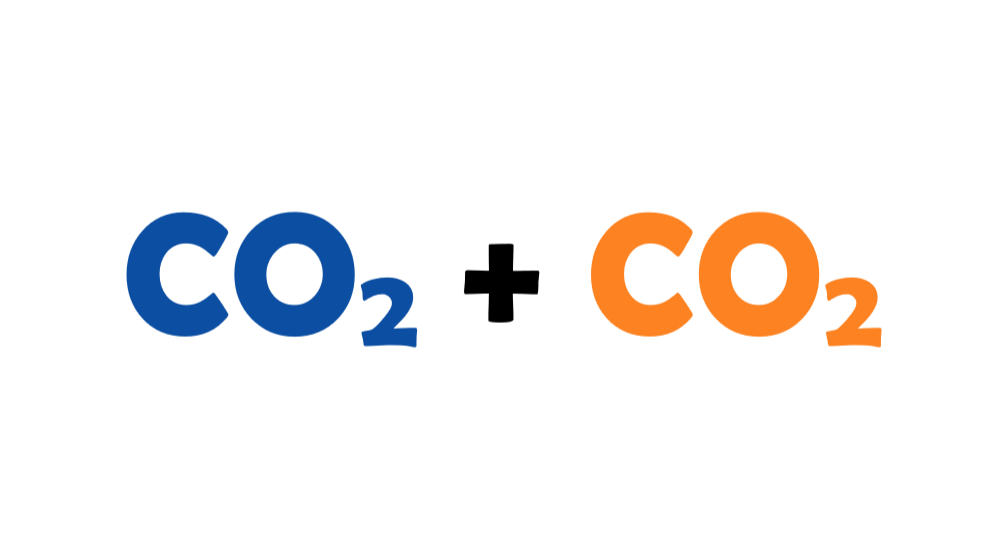
Carbon accounting is a method of quantifying the volume of carbon dioxide emissions produced by a business’s operations.
Since 2019, ACME’s annual reports have included extensive ESG reports with several pages dedicated to detailed carbon accounting for scopes 1, 2, and 3.
The term greenhouse gas (GHG) accounting is sometimes used for carbon accounting, which is generally considered to be a broader term. Tracking and recording emissions via carbon accounting help businesses to monitor their emissions levels and their changes over the long term, as well as to identify parts of the business operations that overproduce emissions and thus have a potential for improvements. Another purpose for this method quantifying emissions is to give it a financial value and allow emissions trading on a so-called carbon market. The overall goal of carbon accounting is to slow global warming. The method of calculating carbon emissions (or those of greenhouse gases generally) encompasses both direct and indirect emissions produced by a business. The emissions are divided into 3 categories, termed scopes. Standards for carbon accounting incorporating aspects of transparency, accuracy, consistency, and completeness are set out by the Intergovernmental Panel for Climate Change. Because the public, as well as investors, increasingly seek evidence of any given business’s ecological performance, many companies disclose their carbon accounting results in their environmental, social and governance (ESG) reports.
Uhlíkové účetnictví je metoda vyčíslení objemu emisí oxidu uhličitého produkovaného při provozu podniku.
Od roku 2019 zahrnují výroční zprávy firmy ACME rozsáhlou ESG zprávu s několika stranami věnovanými podrobnému uhlíkovému účetnictví pro kategorii jedna, dva i tři.
Pro uhlíkové účetnictví se někdy používá i pojem účetnictví skleníkových plynů, který se však obecně považuje za širší pojem. Sledování a zaznamenávání emisí pomocí uhlíkového účetnictví pomáhá podnikům udržovat si přehled o množství emisí a jejich změnách v dlouhodobém horizontu i identifikovat ty součásti provozu, které produkují příliš emisí a mají potenciál pro zlepšení. Dalším důvodem pro vyčíslení emisí touto metodou je přiřazení finanční hodnoty emisím a umožnění obchodování na uhlíkovém trhu. Obecným cílem uhlíkového účetnictví je zpomalit globální oteplování. Metoda výpočtu emisí uhlíku (nebo souhrnně skleníkových plynů) zahrnuje jak přímé, tak nepřímé emise vypouštěné podnikem. Emise se dělí do tří kategorií. Mezivládní panel pro klimatickou změnu zavedl standardy pro uhlíkové účetnictví, které obsahují aspekty transparentnosti, přesnosti, soudružnosti a celistvosti. Firmy zařazují výsledky uhlíkového účetnictví do svých zpráv environmentální, sociální a správní politiky, protože veřejnost i investoři čím dál více vyžadují důkazy o ekologické výkonnosti jakéhokoli daného podniku.
English Editorial Services’ mission is to assist international businesses and organizations of all sizes to communicate clearly, correctly, and persuasively with their business partners and target audiences.
Simply subscribe to receive our Business Term of the Day at no charge to your inbox each business day, with explanation in English and Czech.



English Editorial Services’ mission is to assist international businesses and organizations of all sizes to communicate clearly, correctly, and persuasively with their business partners and target audiences.
Simply subscribe to receive our Business Term of the Day at no charge to your inbox each business day, with explanation in English and Czech.

